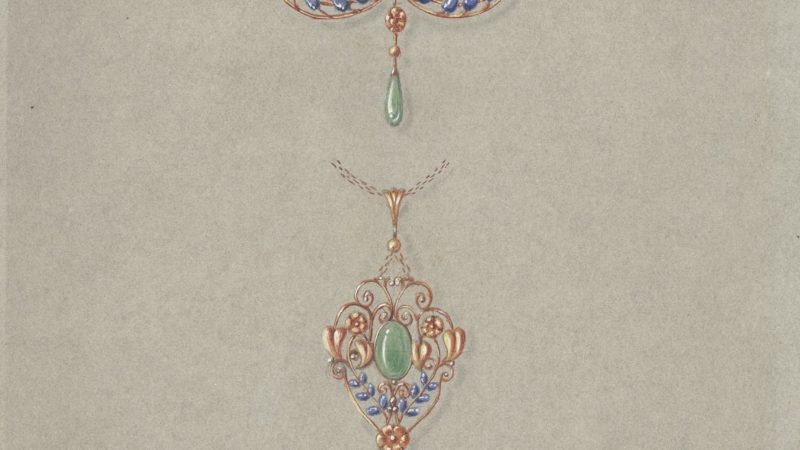
Rhode Island’s reputation as the Jewelry Capital of the World was born and developed in Providence around 1786. Some of the first craftsmen were silversmiths and included Ezekiel and William Burr; Calvin and Caleb Wheaton, William Hamlin and Seril and Nehemiah Dodge. According to Alfred M. Weisberg’s Why Providence, Seril Dodge arrived in Providence in 1784 and began as a clock and watchmaker and by 1793 was offering goldsmithing and jewelry wares as well as buying gold, silver, copper and brass. The Dodges had introduced what was termed “soft solder” gold into the manufacture of cheap jewelry.
Weisberg indicates that between 1825 and the mid 1840’s the number of jewelry manufacturing companies tripled from 11 to 30 and employed around 500 craftsmen. By the 1850’s a new technological process called the “sweat plate” was introduced by Englishman Thomas H. Lowe who came to Providence in 1844 from Birmingham. The “sweat plate process”, also know as rolled gold plate or gold filled, allowed a better yet cheaper grade of material for jewelry making. This innovation was followed up in 1857 with the introduction of electroplating and in 1884 with Levi Burdon’s development of seamless rolled gold wire and tubing.
One of my favorite examples of how the metal crafts blossomed and developed in Providence can be seen in the work of Augustus F. Rose (1873-1946) who hailed from Hebron, Nova Scotia and arrived with his family in Boston at the age of 14. Rose, a graduate of Massachusetts School of Art, was an Art Teacher in the Providence public school system for most of his life. He also taught at the Rhode Island School of Design for 15 years.
Rose was not only a educator but also a designer of anvils and hammers and author of books such as The Metal Crafts. The Society not only holds the Augustus F. Rose Family Papers but also Rose’s sketches and drawings for his book Jewelry Making and Design.
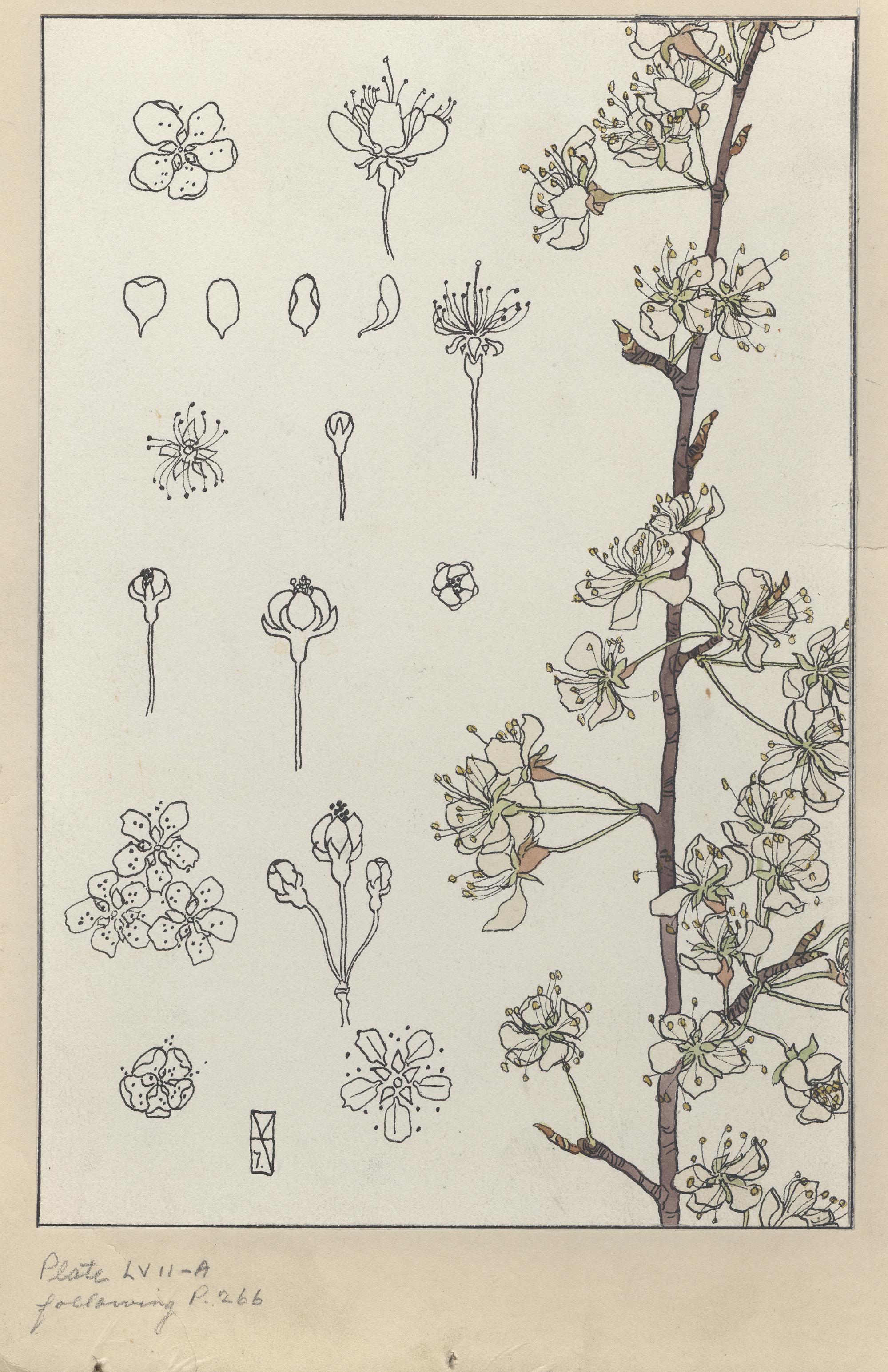
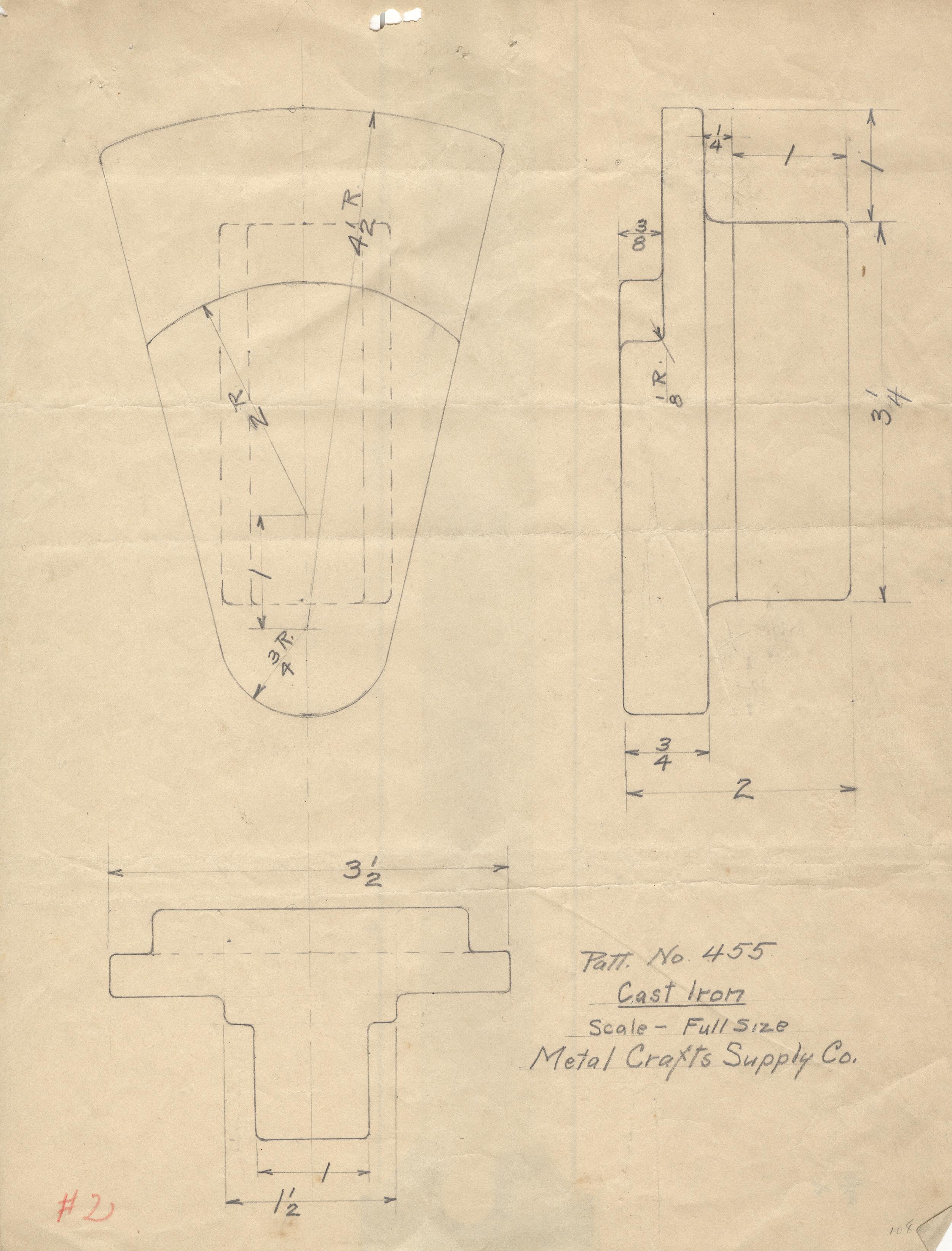
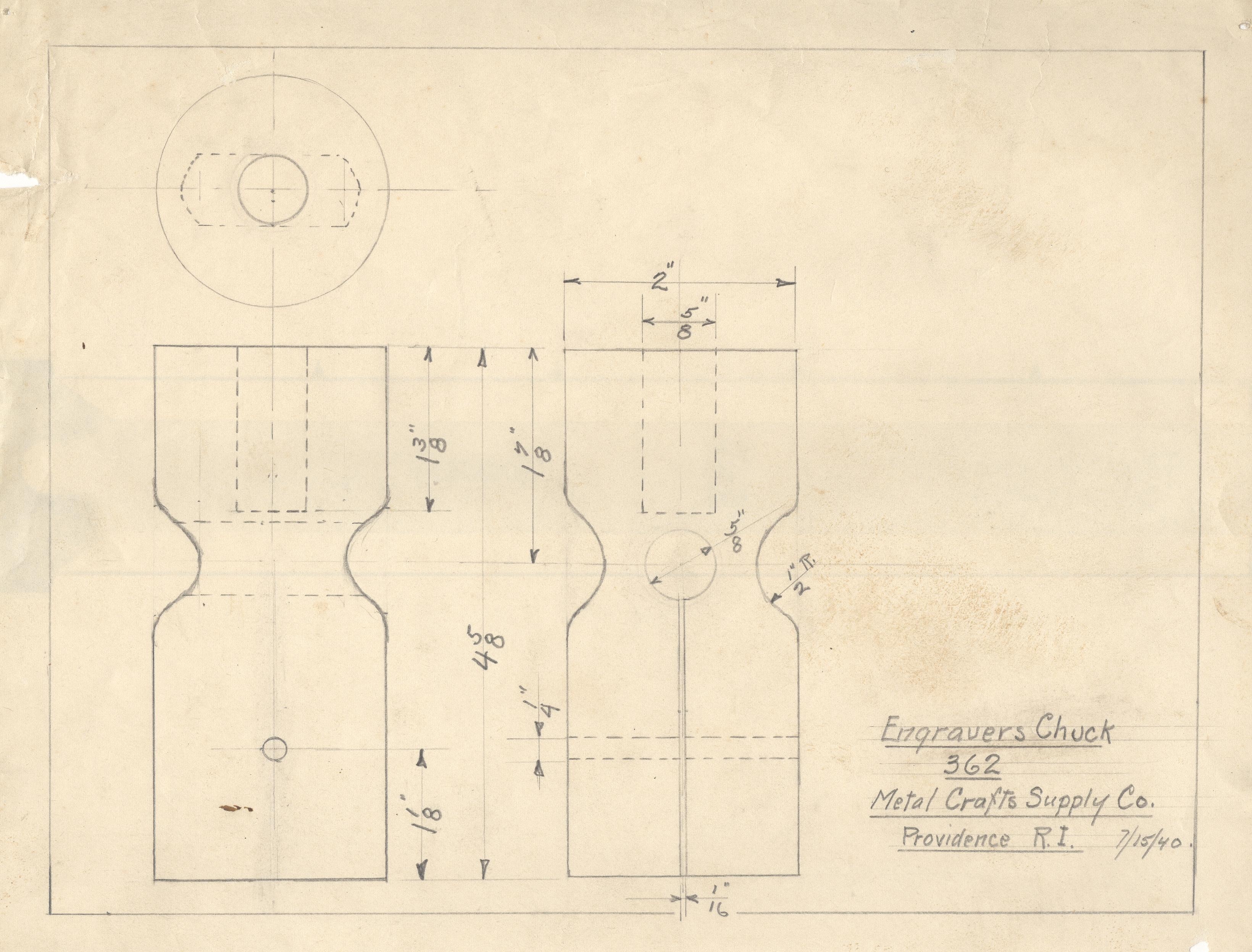
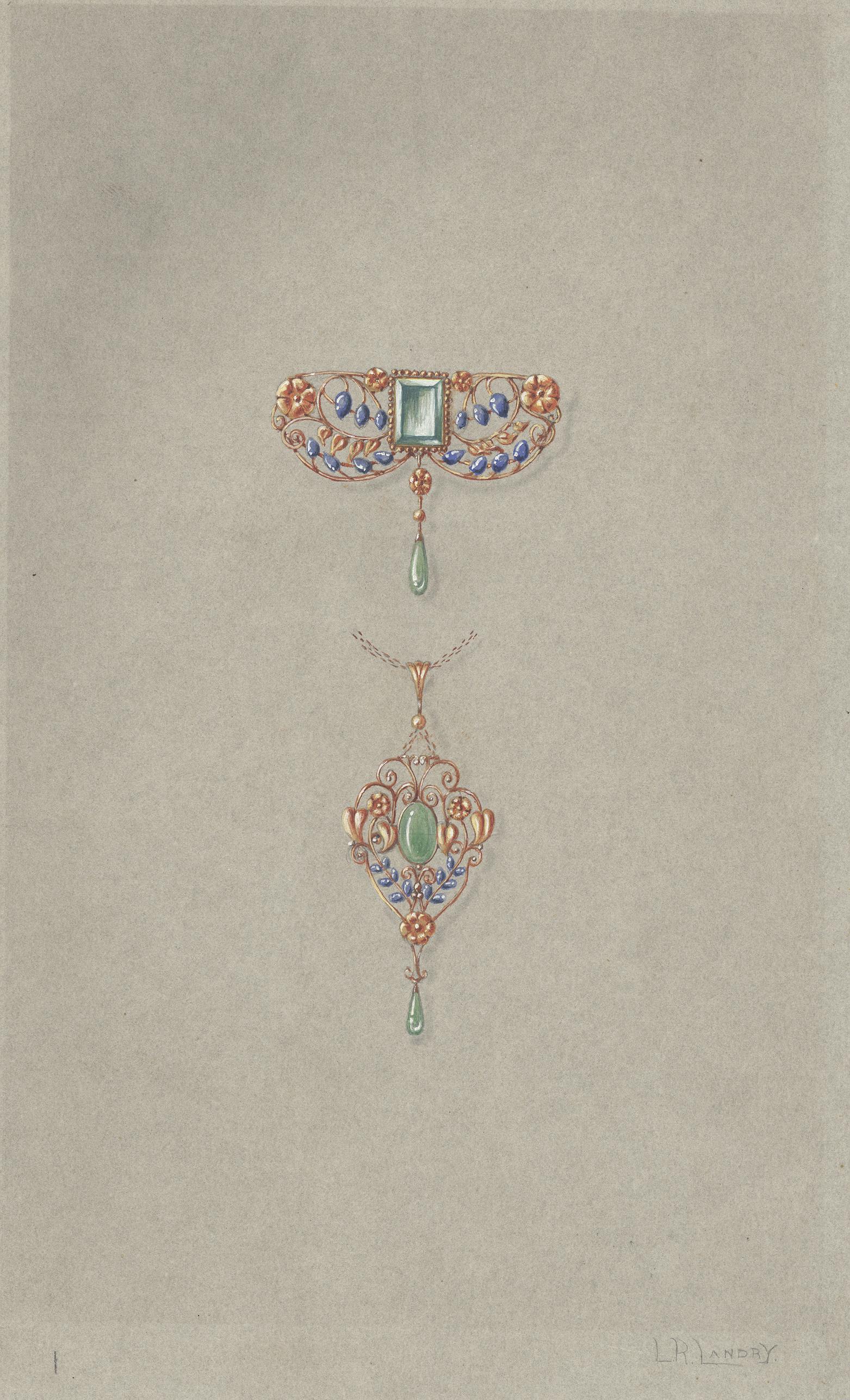
In addition to teaching and publishing, in 1917 Rose started the Metal Crafts Supply Company to sell the specialized tools that the craftsmen in the jewelry and metalwork industries needed.
For almost 50 years Augustus Foster “Gus” Rose educated and inspired a generation of would be craftsmen in jewelry making and metalworking.
While Rhode Island and more specifically Providence’s dominance in the jewelry industry is diminished from it’s heyday, companies such as Alex and Ani are proving that manufacturing jewelry in Rhode Island is a viable, worldwide business that provide good paying jobs to many Rhode Islanders.
By Jim DaMico, Graphics Project Archivist (former)
Did you know that our programming theme for 2016 is #FashioningRI? And that on May 14, we’ll celebrate the Rhode Island jewelry industry at our annual benefit gala? “Spring Forward … Think Back: Facets of the Past” will mark the opening of our “Brains & Beauty” exhibit, and a VIP reception before the start of the party will feature a gallery talk from Peter DiCristofaro of the Providence Jewelry Museum. Time – and tickets – are running out: Purchase yours at the event’s website!
Resources
Augustus F. Rose Family Papers, MSS 875
Metal Crafts Supply Company (Providence, R.I.). 1900. Catalogue of metal crafts supplies. Providence, R.I.: The Company.
Seril and Nehemiah Dodge
History of the District – Historic Jewelry District
The Jewelers’ circular. 1912. New York: Jewelers’ Circular Co.
Thomas H. Lowe
